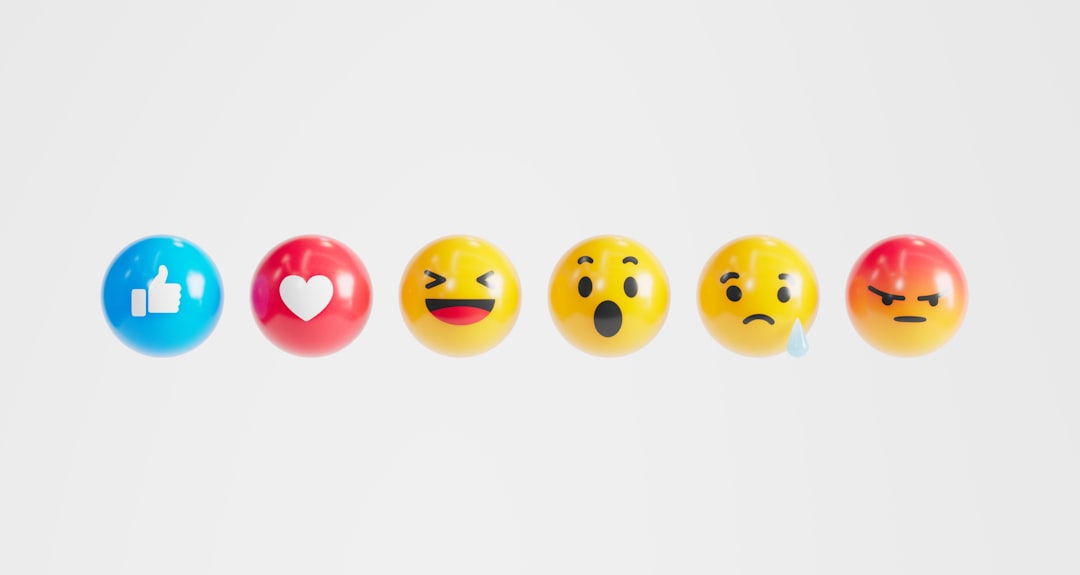In our increasingly digital world, communication through texting and online platforms has become as common and natural as speaking face-to-face. While these new forms of communication offer unmatched convenience and speed, they also come with their own set of language trends and shorthand. One such widely recognized abbreviation is TMI. If you’ve ever wondered what “TMI” means and how it’s used in texting or social media conversations, you’re not alone. This article provides a comprehensive guide to understanding this acronym, its proper use, and the social cues that govern its relevance.
What Does TMI Mean?
TMI stands for “Too Much Information.” It’s an informal expression used to indicate that someone has shared more detail than is necessary or appropriate, particularly about something that could be considered personal, awkward, or overly graphic. Commonly used in casual conversations, both online and offline, TMI is a response that signals mild discomfort, surprise, or even gentle humor in reaction to someone else’s oversharing.
For example, if someone describes the details of a recent medical condition or shares intimate aspects of a personal relationship unsolicited, a person might reply with “TMI!” as a way to set a boundary or express disinterest in the specifics without being confrontational.
Historical Context and Emergence
The term “Too Much Information” is not new; it has been part of spoken English for decades. However, the abbreviation TMI became particularly popular in the early 2000s with the rise of texting, messaging apps, forums, and social media. As digital communication requires brevity, acronyms like TMI began gaining traction for their efficiency and clarity.
It also gained cultural influence through TV shows, movies, and online memes, solidifying its place in the lexicon of internet slang. Today, TMI is instantly recognizable to most people familiar with online interaction, especially among younger demographics.
How Is TMI Used?
TMI can appear in various contexts, often depending on tone and relationship dynamics. Here are the most common ways it is used:
- Literal Use: When someone actually shares too many personal or graphic details.
- Jokingly: As a humorous or sarcastic reaction among friends who are comfortable with each other.
- Preemptively: People often say “TMI alert” before sharing something potentially awkward or private themselves.
Let’s look at a few examples of its usage in actual conversations:
- Person A: “I had the worst food poisoning last night; I won’t go into the details, but let’s just say it was bad.”
Person B: “Okay, that already sounds like TMI!” - Person A: “I just cleared out my inbox for the first time in three years!”
Person B: “That’s impressive, not TMI!” - Person A: “TMI alert—I haven’t showered all weekend.”
Person B: “Wow, thanks for that image.”

Understanding Nuance and Tone
As with many expressions, context and tone matter greatly when using TMI. What might be considered “too much information” in a formal work setting may be perfectly acceptable among friends. Additionally, the way TMI is delivered can change its meaning. If said playfully, it can indicate amusement; if said with a serious or uncomfortable tone, it could signal genuine annoyance or discomfort.
Here are a few guidelines for interpreting and using TMI appropriately:
- Know Your Audience: Oversharing may be welcomed among friends but frowned upon in professional or less intimate circles.
- Use for Humor Sparingly: If used too often, “TMI” can come across as dismissive or judgmental.
- Avoid as a Weapon: While calling out oversharing is acceptable, doing so rudely can hurt feelings or create tension in the conversation.
Variants and Related Slang
While TMI stands on its own, it’s part of a wider family of internet slang and abbreviations that serve to identify or react to ideas and behaviors in online communication. Some related expressions include:
- NSFW: “Not Safe For Work,” used to tag content (text, video, or images) that may be explicit or inappropriate for a professional setting.
- ICYMI: “In Case You Missed It,” usually used to bring attention to previous posts or updates.
- FYI: “For Your Information,” a preamble to sharing relevant or helpful content rather than unnecessary details.

When Not to Use TMI
While TMI can lighten the mood or subtly set conversational boundaries, there are circumstances where its use is inappropriate or unhelpful. For example, when someone is sharing something vulnerable or seeking support—such as talking about their mental health or personal struggles—responding with “TMI” could come across as dismissive.
Being emotionally intelligent and respectful are key when engaging in online communication. Practice empathy by considering:
- Is the person seeking emotional support?
- Does the information shared have personal significance?
- Will my response shut the conversation down or keep it open and supportive?
In moments like these, it’s better to acknowledge the person’s feelings and perhaps redirect the conversation gently if needed, without using TMI as a shutdown.
TMI and Digital Etiquette
Over time, a sense of “digital etiquette” or netiquette has emerged among internet users. Just as there are social norms for face-to-face conversation, texting and social media platforms also come with unspoken rules. TMI is a tool within this etiquette—used to create boundaries, maintain comfort, and keep discussions appropriate based on the platform and the people involved.
In professional environments like Slack or LinkedIn, TMI is rarely used due to the formality of these platforms. In contrast, platforms such as Twitter, Instagram, or Snapchat, which thrive on humor and personal sharing, welcome casual expressions like TMI.
The Role of TMI in Digital Culture
In many ways, the concept of TMI reflects a broader cultural conversation about privacy and personal boundaries in the age of oversharing. As people broadcast increasing amounts of their lives online, reactions like “TMI” serve as reminders that not everything needs to be public—and that discretion is still valued in our interconnected world.
At the same time, what’s considered too personal varies widely from one person to another. Some use radical transparency as a form of expression and empowerment. For instance, public figures discussing mental illness or medical conditions openly may be seen by some as “TMI” and by others as brave and necessary.
Conclusion
Understanding the meaning and use of TMI can help navigate the often nuanced and fast-paced world of digital communication. Whether you’re texting a close friend, posting on social media, or participating in group chats, knowing when to drop a “TMI” and when to withhold it demonstrates cultural awareness and conversational tact.
Remember that language, especially online, is always evolving. What’s considered TMI today might be tomorrow’s norm. Ultimately, sensitivity, respect, and a good sense of humor will go a long way in making your digital interactions more meaningful—and less awkward.





